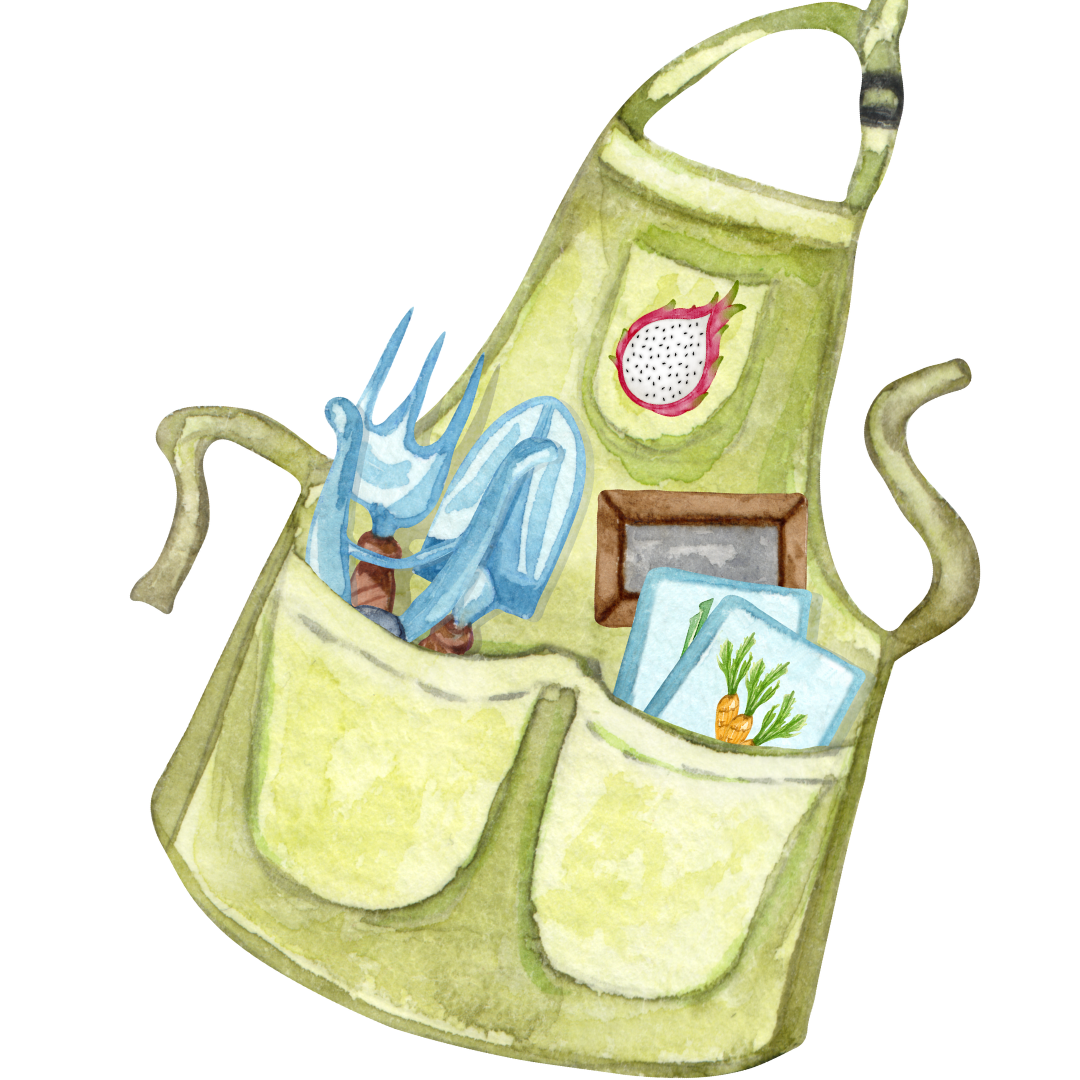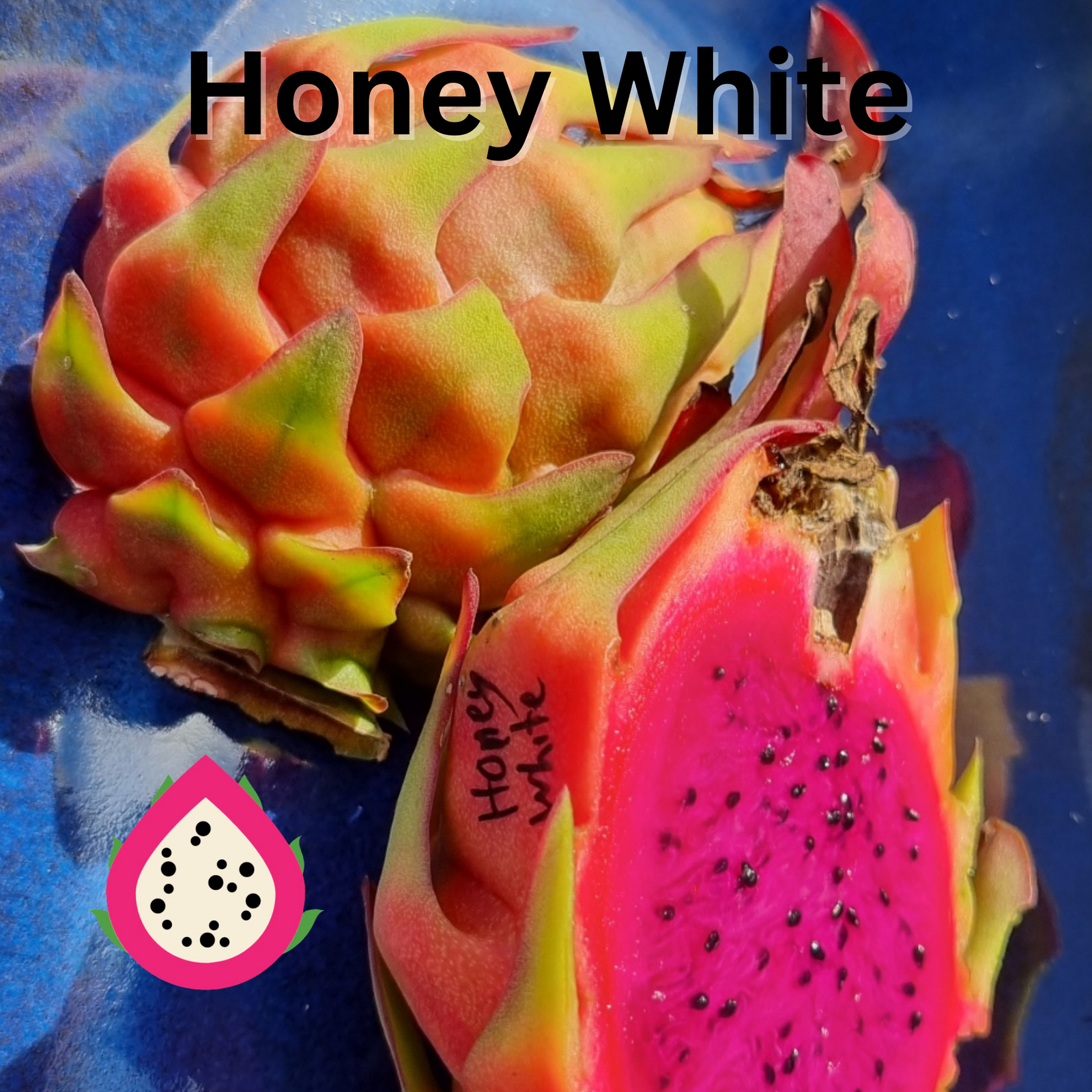Dragon fruit (Hylocereus and Selenicereus species) may be tropical cacti, but here in Australia their growth and flowering rhythms follow a unique pattern shaped by our climate, daylight hours, and seasonal temperatures. Understanding when dragon fruit flower — and why — is key to improving your harvest, managing your plants, and setting realistic expectations for the season ahead.
Whether you’re a home gardener eagerly waiting for your first flower or a commercial grower planning your season, this guide breaks down everything you need to know about dragon fruit flowering time across Australia.

When Do Dragon Fruit Flower in Australia?
In most Australian climates, dragon fruit begin flowering from late spring through to early autumn, roughly:
Flowering Season: November to April
-
First flush: Late October–December
-
Peak flowering: January–March
-
Final flush: April (sometimes into May depending on warmth)
Flowering typically aligns with the hottest, most humid months of the year.
Dragon fruit rely on warmth, long daylight hours, and good soil moisture to trigger strong flowering cycles.

Why the Timing Varies Across Australia
Australia spans tropical, subtropical, and temperate zones, so flowering time can differ depending on where you live.
🌴 Northern Australia (NT, North QLD, North WA)
Flowering begins earlier due to warmer nights.
-
Likely flowering: October–April
-
Plants may produce multiple small flushes throughout the wet season.
🌞 Eastern Seaboard (Central & South QLD, Northern NSW)
This is prime dragon fruit country.
-
Flowering: November–April
-
Consistent heat and humidity encourage strong flowering waves.
🌦️ Southern States (VIC, SA, Southern NSW, TAS)
Shorter summers and cooler night temperatures delay flowering.
-
Flowering: December–March
-
Plants may only get one or two flushes per season unless grown in a greenhouse.
Environmental Triggers for Flowering
Dragon fruit flowering isn’t random — it’s influenced by several key factors:
1. Temperature
Dragon fruit require:
-
Day temps: 25–35°C
-
Night temps: above 18°C
If nights are too cold, flower buds abort or fail to form.
2. Daylight Hours
Longer days (increasing light hours after spring) signal the plant that it’s time to reproduce.
3. Rain and Humidity
Summer storms often trigger flowering flushes.
After heavy rain, it’s common to see buds forming within 1–3 weeks.
4. Plant Maturity
A dragon fruit plant generally:
-
begins blooming at 12–18 months from a healthy cutting
-
produces heavily from year 3 onward
5. Nutritional Rhythm
Flowering is strongest when:
-
fertilizer is applied during the growing season
-
excessive nitrogen is avoided (too much causes lush growth, fewer flowers)
Your own methods — using organic slow-release fertiliser and foliar feeds like Potash — support reliable flowering patterns.
 How Often Do Dragon Fruit Flower Each Season?
How Often Do Dragon Fruit Flower Each Season?
Unlike many fruit crops, dragon fruit can flower multiple times per season, often in flushes 4–6 weeks apart.
A healthy mature plant can flower:
-
3 to 10 times per season, depending on variety and climate
- It is not uncommon to have buds, flowers and fruit on a plant at the one time. This equals the ability to pick dragon fruit every week to to weeks.
-
Some varieties (like Sugar Dragon, Voodoo Child, Pink Panther, Connie Mayer, White Jade, Red Jade ) flower very early and continue longer
Commercial growers often plan their market season around these consecutive flushes.
Flower to Fruit Timeline in Australia
Once you see a beautiful moonlit flower open, the countdown begins!
Fruit Development: 30 to 40 days
-
Red and pink varieties ripen faster (28–35 days)
-
Whites take slightly longer
-
Larger varieties may take up to 50 days during cool spells
Cooler weather slows ripening toward the end of the season.

End-of-Season Flowering
Some growers try to extend flowering artificially using lights, but many — like Rare Dragon Fruit — choose not to.
Late-season fruit tend to ripen slower and can be more watery or less flavourful.
Instead, fruit that ripens at the tail end of the season is often:
-
frozen
-
dehydrated
-
used in smoothies, jam, baking, or ducca mixes
This keeps quality high without interfering with natural rhythms.
How to Encourage Strong Flowering
If you’re chasing a bigger bloom cycle this summer, focus on:
✔ Plenty of sunlight
Dragon fruit need 6–8 hours of direct sun.
✔ Good airflow
Reduces disease and helps the plant set strong buds.
✔ Regular watering (but not waterlogging)
Mimic tropical summer rains: deep watering, followed by letting the soil dry slightly.
✔ Trellis support
A strong post allows the cactus to hang and cascade — the position where most flowers form.
✔ Removing old, thornless or non-productive branches
Encourages new growth and better fruiting wood.
Final Thoughts
Dragon fruit flowering time in Australia is a magical, seasonal rhythm — a dance between heat, humidity, rainfall, daylight, and plant maturity. Understanding when your plants should bloom helps you plan your garden, manage expectations, and ultimately enjoy more delicious, homegrown fruit.
Every year brings its own conditions, surprises, and learning experiences — which is part of what makes dragon fruit growing so rewarding.
If you're keen to learn even more, workshops, tours, and hands-on experiences at Rare Dragon Fruit are a great way to dive deeper into the craft.







